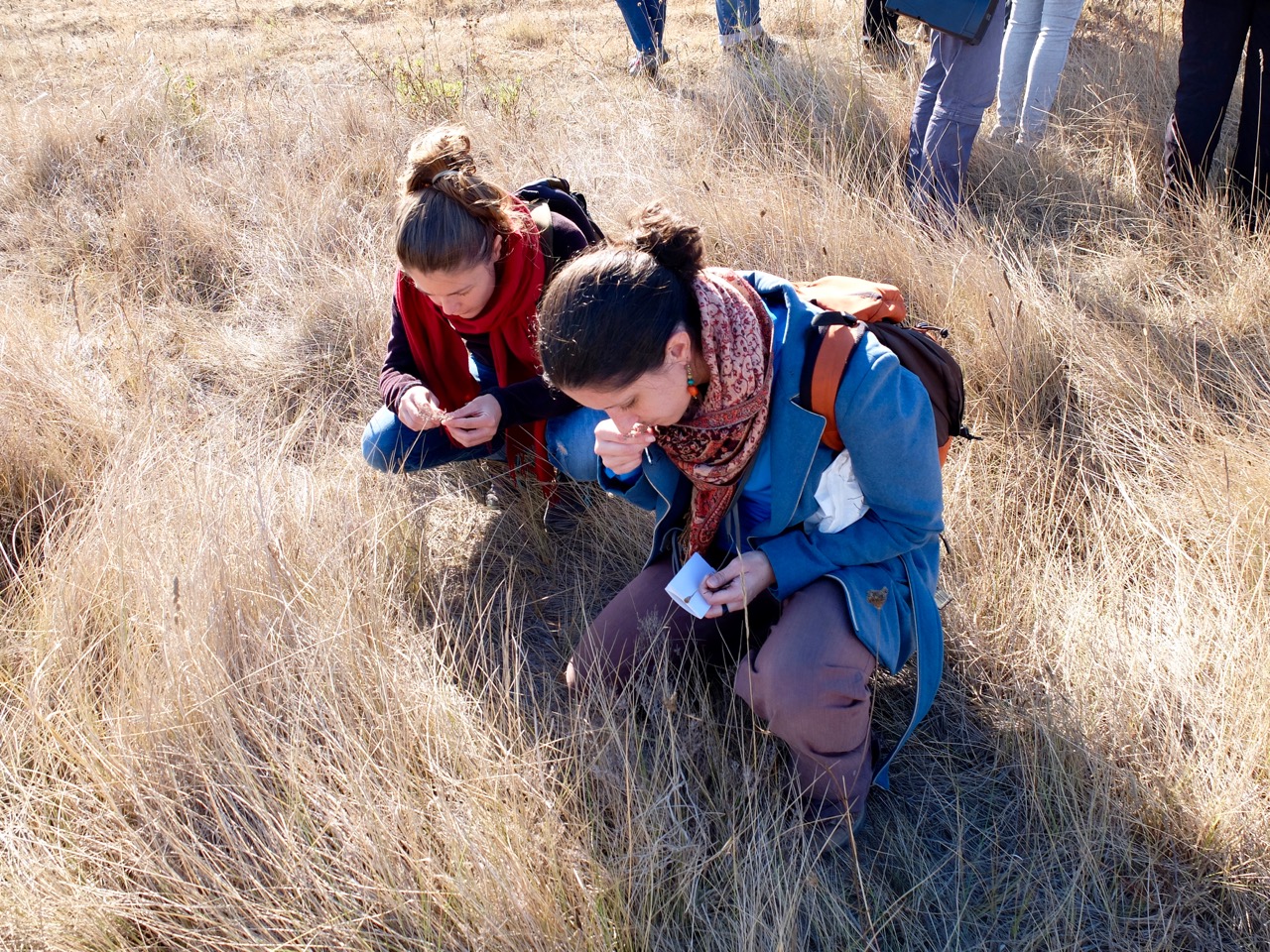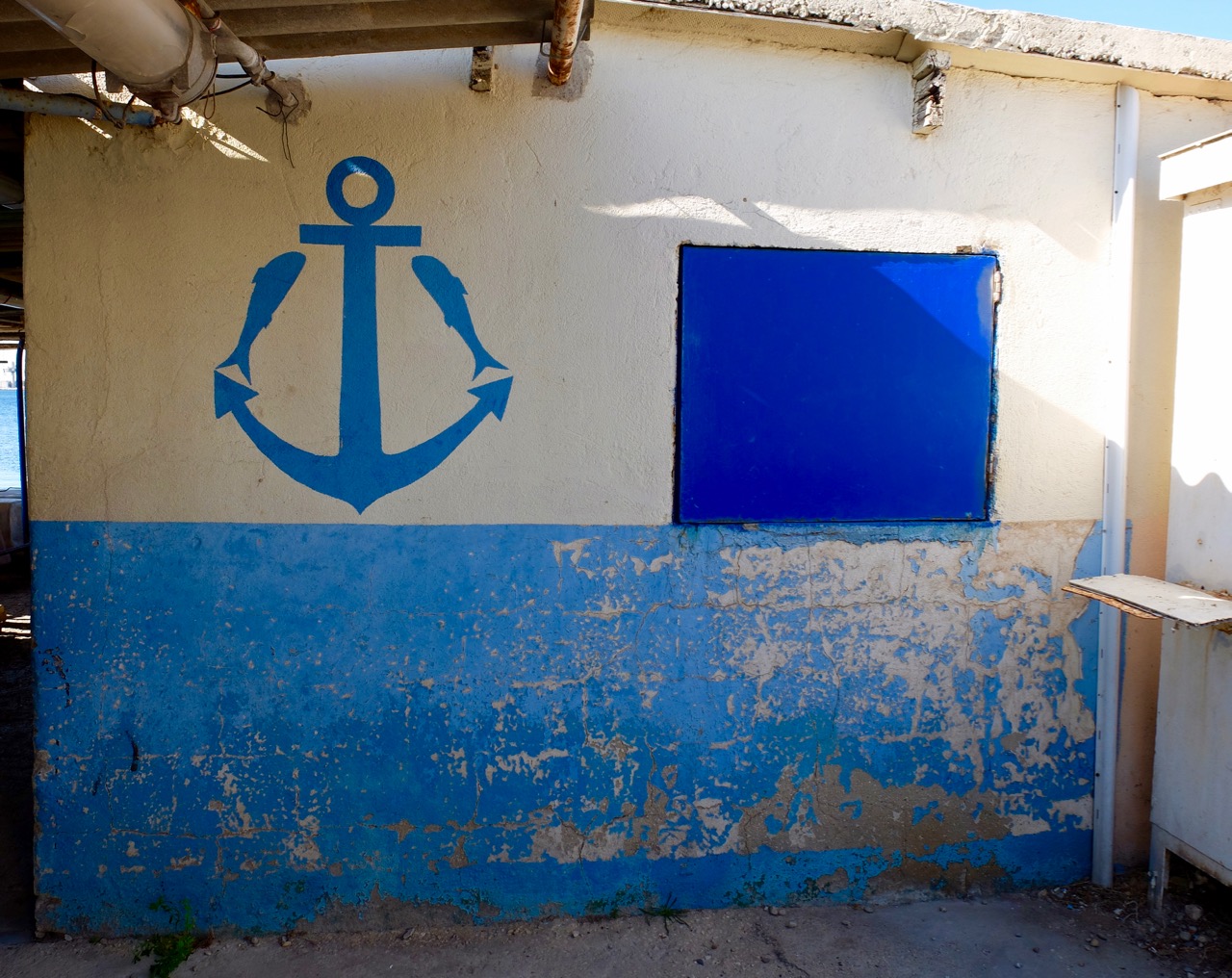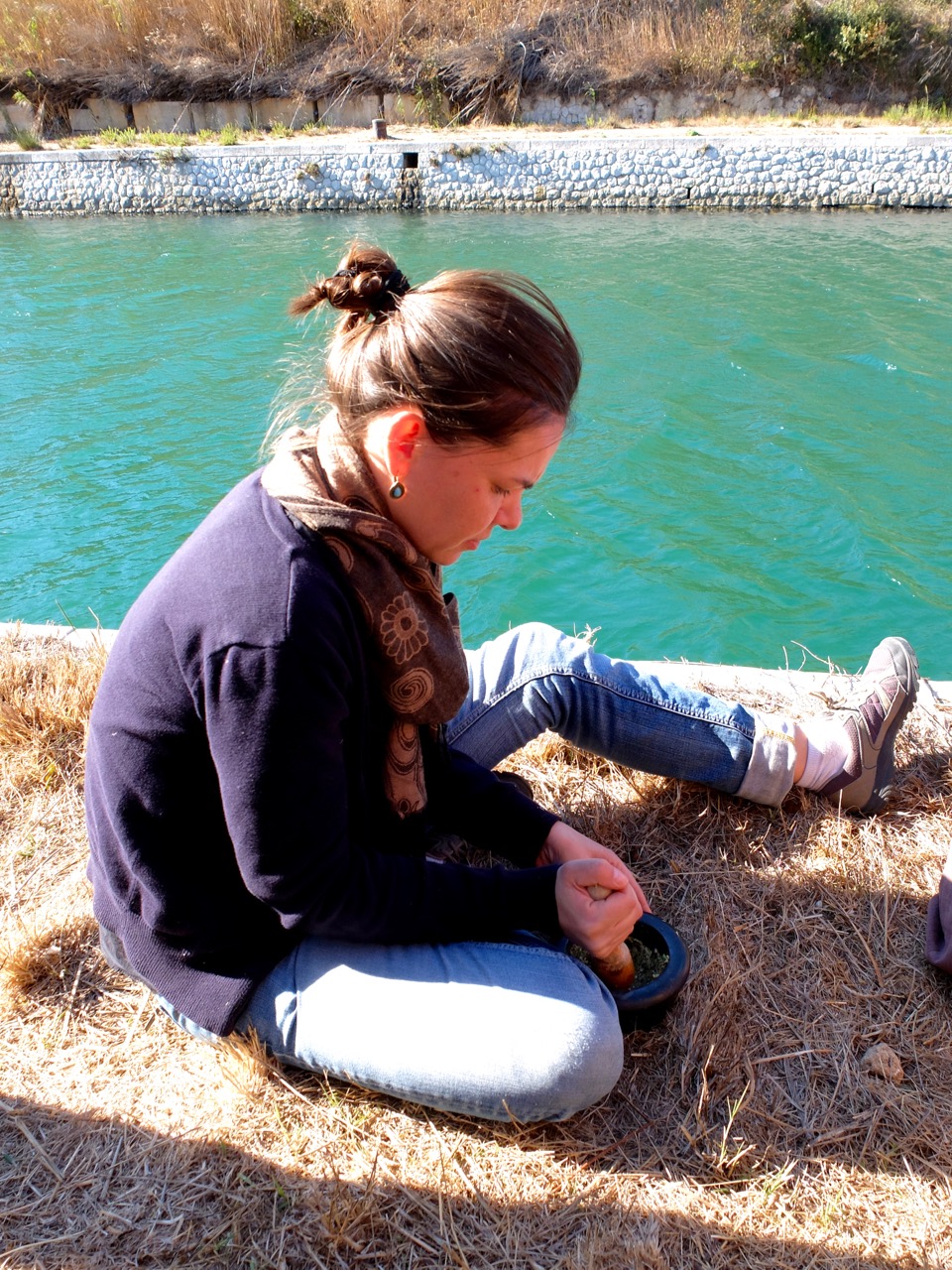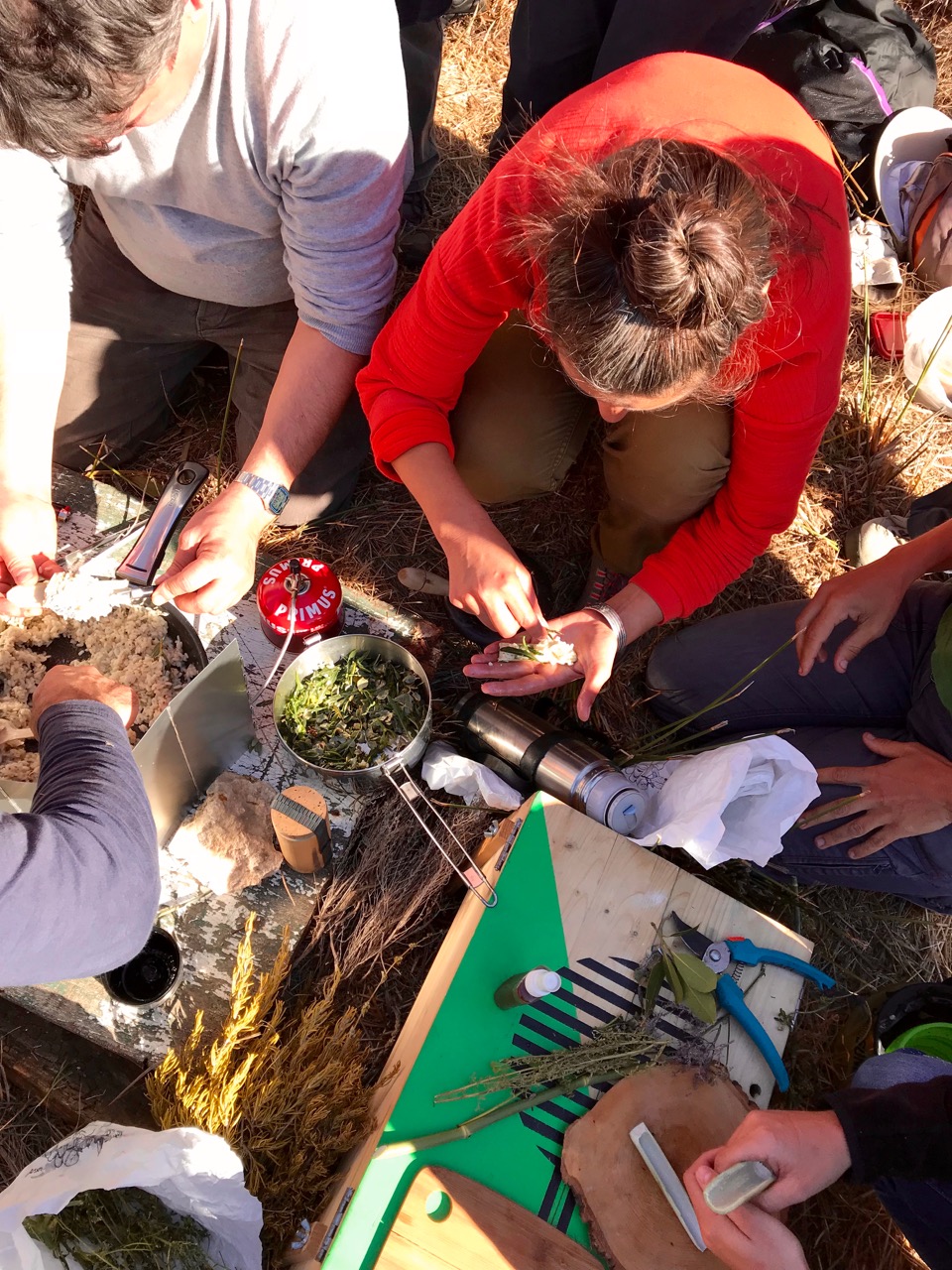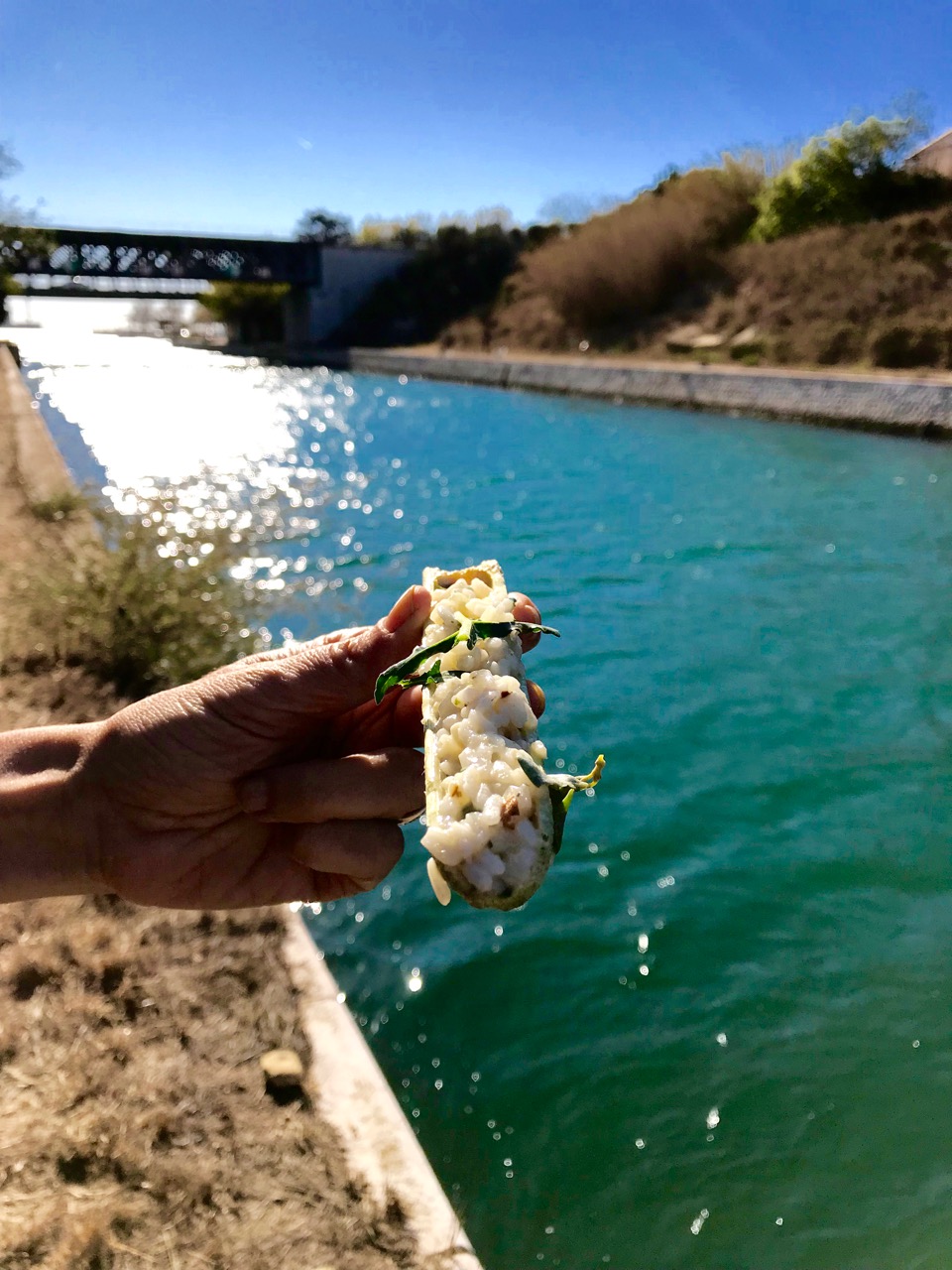take a walk on the wild side
Marseille’s Quartiers Nord stretches across four arrondissements, from the beaches of l’Estaque to the ancient village of Château-Gombert. The vast district comprises 25% of the city’s population and brims with history (Musée de Terroir Marseillais), nature (the canal de Marseille), and agriculture (Tour des Pins farm and fromagerie) and industry (the original Ricard factory). Sadly, the sordid reputation of the area's projects keeps both locals and visitors away - the Quartiers Nord is conspicuously omitted from any tourist maps. The Hôtel du Nord is here to change that.
This unique cooperative is comprised of enthusiastic locals who are passionate about sharing the region in which they live. Through intimate walking tours and home stays, this band of heritage buffs digs up the intriguing stories that have been buried under the Quartiers Nord's clichés. Hôtel du Nord’s diverse lineup leads participants past colorful street art, alongside bustling ports, into the projects, and up verdant hills that boast panoramic views of the city.
My first walk, Manger la Colline, (Eating the Hillside), was advertised as a “voyage with the feet and tastebuds" - the perfect fit for this foodie ambler. Organized with Stéphane Brisset et Dalila Ladjal of the SAFI collective, the balade meandered from Croix-Sainte to Port-de-Bouc, two Martigues districts with similar industrial and agricultural roots as the Quartiers Nord. Our gustatory journey began at the Arenc-Euroméditerranée train station. Beside a pink and green trackside mural and below Jean Nouvel’s, half-constructed, blue and red La Marseillais tower stretching to the sky, the eye-catching urban setting illustrated one of Hôtel du Nord’s goals – to appreciate the details that shape our surroundings.
Julie de Muer, the association's head of walks and development, introduced our group of 20+ amblers to an affiliated project, Promenade Sonores. Once on board, she handed us headsets to listen to an episode of the auditory snapshots recorded throughout Marseille. As the scenery evolved from the commercial – shipping containers and cruise ships – to the natural – picturesque Côte Bleu villages that spilled into the sea, we listened to ambulatory musings for an amuse-bouche before our stroll.
One man likened walking to that of exploring a museum, where you witness both the object and its connection to others around it. Another woman expressed how walking, the first thing that made us human, forces you to slow down, increasing your awareness of details that you would have missed speeding by in a car. I was reminded of Rebecca Solnit’s phenomenal book about walking, Wanderlust in which she “walking is a state in which the mind, the body, and the world are aligned as though they were three characters finally in conversation together.”
We disembarked at the non-descript Croix-Sainte station where Dalila gave us the lay of the land. We would forage as we walked, gathering ingredients for a locavore picnic led by Chef Pierre Gannett (of the soon to open La Fabriquerie) Stéphane handed out tiny scrapbooks so that we could preserve our findings like agricultural archeologists. They encouraged us to simultaneously engage with each other and our surroundings for a collective experience of discovery and enjoyment, just as meals are best when shared.
We volunteered for various tasks. Two broth brewers had thermoses of hot water in which they infused freshly plucked herbs. Others had paper bags to keep the ingredients separate – I was chosen to carry the “salad” bag since I was wearing a green jacket. We plucked almonds from up high and yanked garlic bulbs from the ground. Some of the edibles were tucked away, like the mint leaves hidden in thick tan grass, while others, like the arugula plants lit by little yellow flowers, were literally right under our feet.
Over 4 kilometers, we meandered across train tracks, through a canopy of trees, and along crumbling walls tagged with graffiti. My favorite spot was the Calen, a bric-a-brac dock that is the last site of traditional fishing in Port-de-Bouc. With the canal shimmering in the unexpected afternoon sun, Chef Pierre and Dalila recounted the Calen’s bounty: daurade (sea bream), poutarge (the region’s cured, salted fish roe specialty known as the “caviar of the sea”), and mélets, little anchovies that make up the briny, herby spread with the same name.
This nautical part of our walk continued past stacks of barnacle encrusted containers, locals casting their rods for dinner, and fishing boats both behemoth and quaint. We collected hardy, licorice-tasting Criste marine (sea fennel) sprouting from the concrete beside the sea.
We set up our makeshift kitchen at a Mediterranean-esque turquoise canal, an extension of the Rhône that embodies the region’s history of maritime trade. Our motley crew of makeshift cooks pounded herbs with a pestle, peeled almonds and garlic, and cooked rice and socca (chickpea pancakes) from the staples that SAFI had packed. Using scoops of halved sugar cane stalks, we slurped rice topped with herbaceous salad and munched DIY Hot Pockets of socca and salty slices of poutarge. Even our digestif was local – Dalila’s homemade hooch fermented from rice, a once-prevalent crop in the region.
With a belly full from our foraged meal and my mind brimming with intriguing tidbits, I left the walk with a palate piqued for more discoveries. Hôtel du Nord’s off-the-beaten path walks are spot on for those curious to uncover the city’s rich history. To truly know Marseille, one must know the Quartiers Nord. And thankfully Hôtel du Nord is here to guide us.
tip Sign up for the Hôtel du Nord's newsletter and Facebook page to stay updated on their happenings. Upcoming 2017 walks can be found here
fyi Tours are in French, but you don’t need to speak the language to appreciate the surroundings. In the spirit of community, there is bound to be a fellow ambler who can happily help translate. Groups can book a tour in advance in English.
06.62.41.55.32
info(at)hoteldunord.coop


